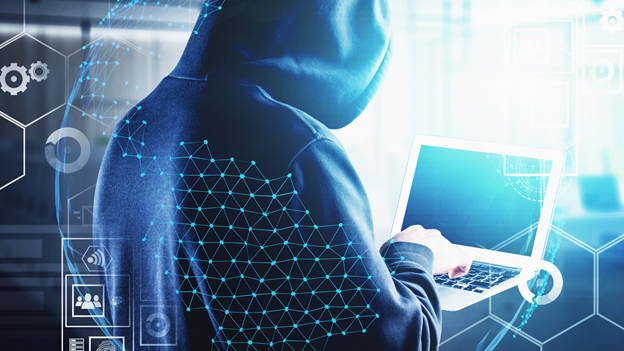Gone are the days when antivirus and firewall can be a solid fix of first line defense to cybercriminals.
It’s 2022 and cybercriminals are more sophisticated than ever with all the online digital currencies, shopping platforms, and other profitable data that they can hack online, it has really been something that they work and invest in and this is why you should also invest with the best-layered defense approach for your organisation’s digital assets.
And to do so, you need to understand why do you need EDR and SEIM cybersecurity.
What does EDR stands for in the world of cybersecurity?
EDR stands for Endpoint Detection and Response.
Endpoints are the gateway to a network like your hardware devices such as desktops, smartphones, Internet of Things (IoT) devices, and servers. That are easily prone to vulnerabilities that malicious actors target relentlessly in hopes of infiltrating the network.
How can EDR combat threats?
Endpoint Detection and Response collects and analyses security threat-related information from computer workstations and other endpoints to find security breaches as they happen or they are about to happen. EDR facilitates faster responses to discovered or potential threats to proactively combat any threat.
Another competitive edge of an EDR is that it includes and uses rollback capabilities, the ability to query endpoint data quickly, and containing threats at the endpoint.
What does SIEM stands for?
SIEM is the acronym for Security Information and Event Management.
SIEM exposes, prevents, and helps resolve cyberattacks while centralising security events from devices within your network. It does these by collecting logs and event data from network devices, systems, and applications and services generated, SIEM can also gather all the information into one platform. This alerts the security teams to give greater visibility into what’s happening with all the elements in the IT ecosystems.
With all of this information easily accessible, this gives your team the upper hand in the battle against cybercrime because you can conduct strategic detection, analyse event data, enrich logs, meet compliance requirements, and accept data from many sources in the network.
How EDR and SIEM work better together?
Our strategic layered approach works best when it comes to implementing Endpoint Detection and Response (EDR) and Security Information and Event Management (SIEM).
An Endpoint Detection and Response (EDR) can expose, block, contain, and remediate the threats targeting your clients’ endpoints faster.
It also analyses and investigates these threats and rolls back to “safe” versions if needed. In partnership with SIEM technology, it helps safeguard your clients more effectively by providing complete visibility into an organisation’s IT infrastructure by collecting data from multiple sources for analysis. This enables security teams to catch events when prevention measure fails.

